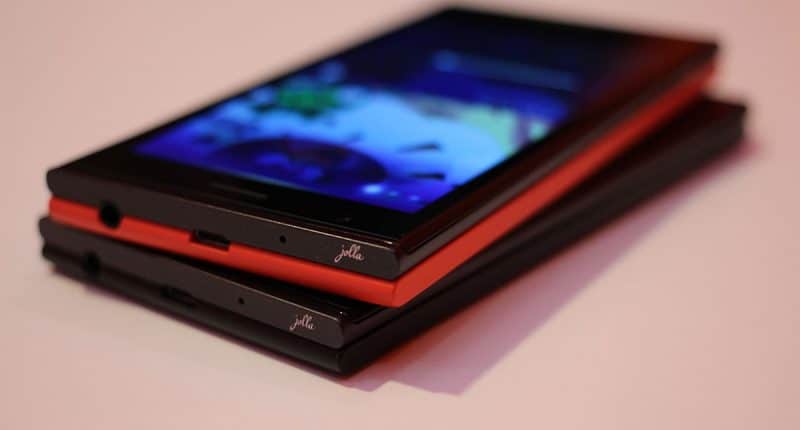2020 was supposed to be the year when the flagship smartphone industry finally makes a comeback, thanks to the advent of 5G. Instead, it became the year of dwindling supplies, and a ravaged economy. However, some had a better luck than others, and as far as Apple is considered, it’s luck never runs out. The Cupertino tech giant, which reached a market cap of $2 trillion in the year, now also stands at the top of the food chain, as it managed to take the top spot in global smartphone deliveries in Q4 2020, according to a report by Canalys.
The research firm claims that Apple, thanks to a massive demand for the newly launches iPhone 12 shipped 81.8 million units in Q4, up 4% against the previous year. To put this in perspective, about 359.6 million smartphones were shipped in the entire quarter, a 2% decline over last year.
“The iPhone 12 is a hit,” said Canalys Analyst Vincent Thielke. “Apple is better positioned than its competitors on 5G, being heavily skewed towards developed markets, and mobile operator sales channels. But it also made savvy moves behind the scenes to propel its sales and profitability. The omission of a power plug from the iPhone retail box, which reduces weight and size, is making logistics significantly more efficient, amid the ongoing high cost of air freight due to the pandemic. And it also implemented channel-centric growth initiatives to target SMB customers, which have bolstered demand for its entire range of iPhones.”
Samsung, which did not have a new product for the quarter, fell to the second spot, with 62 million units shipped, a decline of 12%. However, over the entire year, the company maintains the spot for the top smartphone seller, with 255.6 million units shipped and a 20% market share. Compare this to Apple’s 207.1 million units and a 16% market share, and both companies seem to be headed towards a great rivalry.
Xiaomi, Oppo and Vivo came in 3rd, 4th and 5th respectively, picking up on the pieces left by the diminishing market share of Huawei. Speaking of Huawei, the smartphone slipped to the 6th number for the first time in 6 years, thanks to US sanctions and bad market faith. However, the Chinese smartphone manufacturer came in third when it comes to shipments for the entire year, with a 15% market share, right on Apple’s tale.
However, we expect this number to go down in the future, now that the company has decided to divest Honor. While this is bad for Huawei, it gives Honor a chance to survive on its own, as it won’t be attached with the stigma that comes with the Chinese smartphone maker.
“The second wave of COVID-19 has taken a huge toll, but unlike the first wave, the industry was braced for impact,” said Canalys Senior Analyst Ben Stanton. “Online fulfillment capacity has already been scaled, vendors are experienced at virtual launch events, and important channel meetings, such as device range reviews, are now comfortably done in a virtual setting. And in some instances, smartphones are even being purchased to assist with working-from-home and remote learning.”
Canalys says that “The introduction of COVID-19 vaccines is also boosting business confidence for 2021, allowing them to plan and invest. Going forwards, there will be obvious economic ripple effects as government stimulus fades, and there are ongoing concerns around new virus strains. Overall though, sentiment in the industry is positive, and 2021 will see the smartphone market rebound after a 7% decline in 2020.”
The Tech Portal is published by Blue Box Media Private Limited. Our investors have no influence over our reporting. Read our full Ownership and Funding Disclosure →






